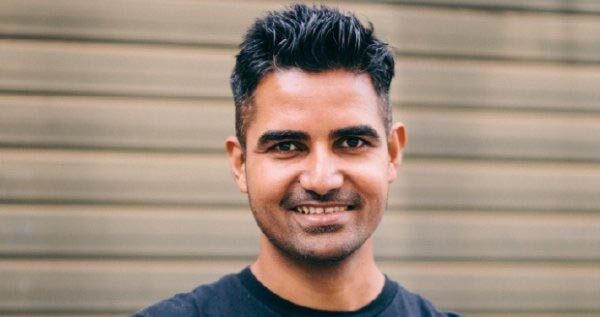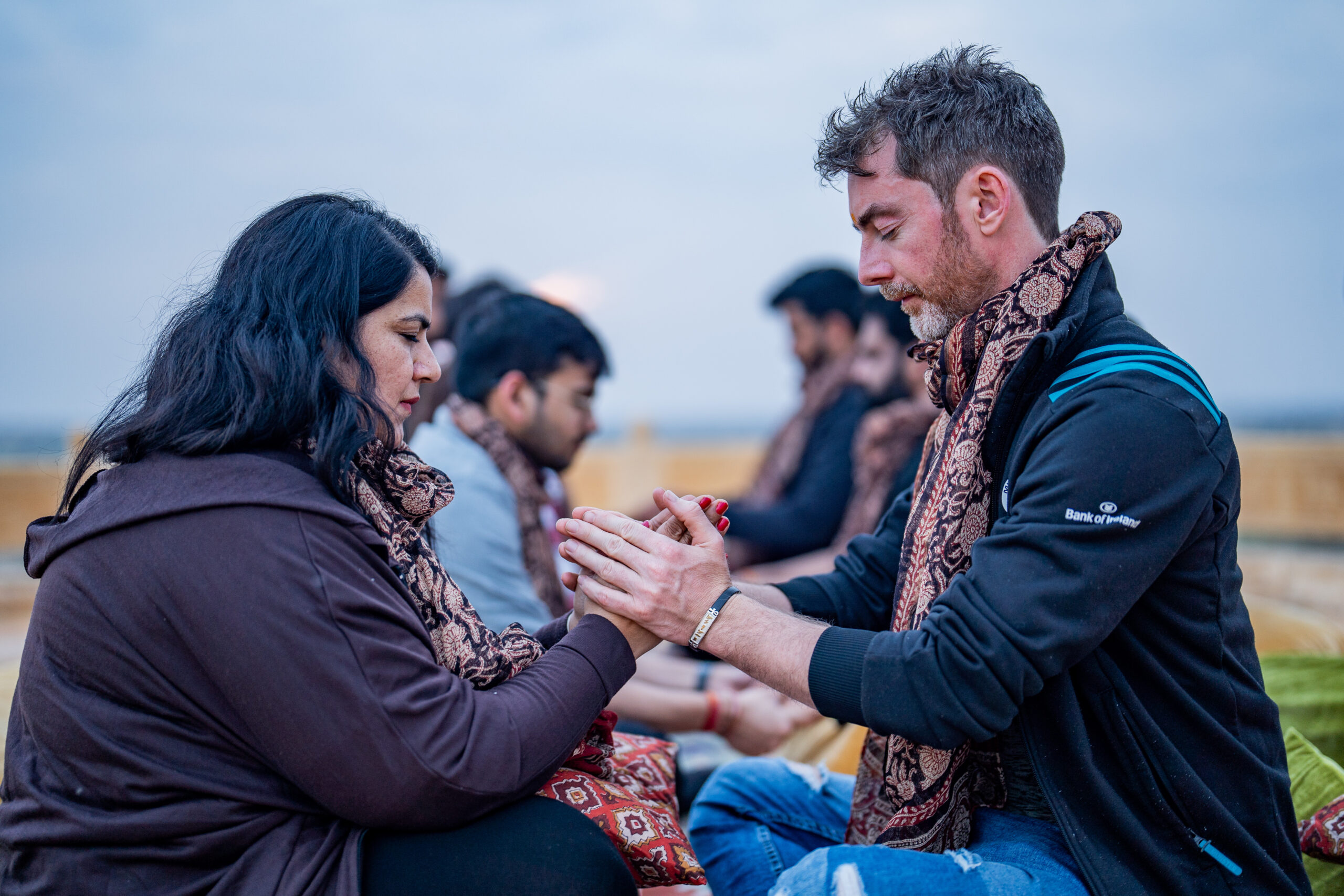3 Questions To Break Your Limiting Beliefs
Ever stood after a job interview and your mind just went ‘There’s no way I’m getting that job’, or worse, stood after rejection and thought ‘Maybe this is what I deserved’?
We’re sad to tell you that you might be burdened by your own limiting beliefs.
The good thing is, that now you’re aware of what’s stopping you from achieving your goals to the best of your capabilities.
We’re going to work our way into a new belief system that serves you better using 3 steps:
There is no
better time
to build
yourself

Step 1 is to dream big, and find a new statement that serves your belief system.
We’re not just going to tell ourselves that we’re good enough, but rather embody the vision that ‘we deserve good things.
If the thought of that makes you uncomfortable for a fraction of a moment, we’re already onto a good start.
Step 2 is to ask ourselves these 3 questions by envisioning ourselves in both our belief systems, the old and the new.
Close your eyes and use your imagination while asking yourself these 3 things;
What do your relationships look like?
What does your career look like?
What do your next 5 years look like?
Imagine yourself in both of your belief systems, what do all of these look like if you genuinely believe you’re not good enough?
Does it feel like you’re playing it low? Do you see yourself settling for something you’re unhappy with within the next 5 years because your belief system convinced you that’s what you deserve?
Not the most comforting thought to sit with, this visualization might help you understand how necessary it is not to be the reason behind your shortcomings.
What do all of them look like now that you know better, now that you know that you deserve good things?
Does taking chances on yourself eventually pay off because of the compounding effect of your actions? Do you finally find yourself not settling for, but rather picking and choosing what your inner voice agrees with?
You must feel what your mind says before you let these questions take you into the scenarios to help you truly grasp what either system provides

Now comes the slower and tougher step of this process;
Step 3 is all about analyzing and understanding which system serves you and taking small, very slow action steps into stepping into your new belief system until you have enough evidence to support it.
This process will help you overcome the negative judgment your mind holds against you every time you take a step in the right direction and help you build a better inner monologue to deal with failures that will only help you understand yourself better in the long run.
Your new, rewired, and stronger belief system awaits you!

SIDDHANT CHAUDHARY Co-Founder, LifePlugin | Experience Design
Siddhant blends art, tech & spirituality crafting experiences that invite participants to shift perspectives and rediscover purpose & meaning
Beyond Words: Body Language Decoded
We’ve gone through this before, you stand at a social set-up scanning through the room and your mind starts forming a judgment of everyone around you;
Hands crossed in front of their body, a frown on their face.
Yep, that’s not a person who you’ll be speaking to.
Exaggerated gesture, loud voice and constant storytelling
The crowd already has their eyes on them, why would you even bother?
Sulking on the couch, a drink in their hands while they scroll through their phone.
Going through heartbreak maybe? Yeah no thanks!
There is no
better time
to build
yourself

Unlocking Your 'Tell'
Maybe it’s something your brain does subconsciously, maybe you’re not the best at catching social cues so you do it as a mental practice. Our minds tell us everything we want to know about a person through their body language and it’s something all of us do, or have done at some point in our lives.
But what does one's body language actually tell you about them?
Let’s find out together.
Our bodies are closely connected to all of our emotions, and they are wonderful means for displaying our feelings—smiling, crying, etc. Not only that, but it frequently works both ways as well; a concept known as "embodied cognition" holds that our physical experiences have the power to infer or even shape our mental processes.
For example, holding a hot mug of coffee might make you feel kinder and more welcoming toward others; similarly, some bodily sensations can affect how we make decisions or judge things.
Our body language and thoughts are inextricably linked, and the capacity to detect nonverbal clues from ourselves and others may be a highly useful instrument for communication and self-awareness.
This can be achieved by learning to identify and respond to very basic body cues.

For simplicity, let’s segregate ourselves and the people around us into 2 categories:
Watchers and Listeners:
A watcher is someone who holds themselves around people, through visual dialogue, this could include body cues like ; good posture, extended eye contact and a sense of ease in how they talk i.e, no fidgeting, no body jerks that might break a conversation or maybe even open shoulders.
It’s good to hold eye contact with them and use visual cues even in your language, to help them draw mental pictures throughout your conversation by using phrases like; “look at this” or “I can picture this going like that”, etc.
Now coming onto watchers, they’re usually people who interact with the world around them less by visual clues and more with auditory signals, what this means is that you might often catch them avoiding eye contact, fidgeting, dressing down in social situations or even looking deep in thought, almost in a state of remembrance.
Now this is the category of people that you don’t want to respond with heavy eye-contact with as it might catch them off guard, it's always a good idea to avert your gaze every once in a while when speaking to someone who interacts like a listener.
You might find it easy to categorize people into either of these categories, but it might be hard for you to understand what to do when someone’s approach clashes with that of your own in a social setting.
The key is to figure out which one of these resonates the most with your way of interaction and more importantly, to realize that now you expect everybody to interact with this in their minds, which will not always be the case.
So find ways to build a rapport while responding to other people’s non-verbal cues while appropriately drawing boundaries, verbally or otherwise to make the best of your social interactions.
Sources: nih.gov-Psychoanalysis and Neuroscience
Reading minds through body language | Lynn FranklinxTedX

SIDDHANT CHAUDHARY Co-Founder, LifePlugin | Experience Design
Siddhant blends art, tech & spirituality crafting experiences that invite participants to shift perspectives and rediscover purpose & meaning





